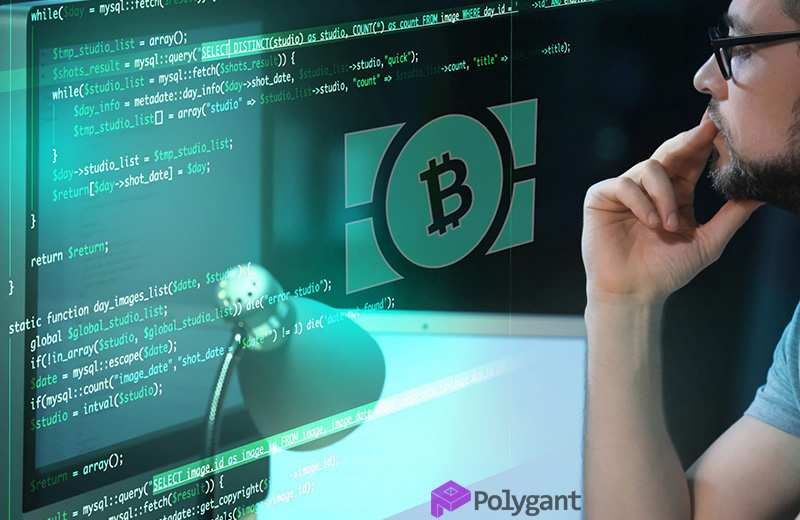Satoshi Nakamoto introduced the Bitcoin protocol in 2008. It was written in C++ and extended with scripts that allow automatic execution of some actions, e.g. verification of signatures and multisignatures. The instructions are written in a unique scripting language Script, created specifically for Bitcoin. According to Turing, it is incomplete, which makes it safer than other popular languages and also easy to understand and use.
Nevertheless, Script is not free from shortcomings. The main of them are some contradictions that do not allow users of the Bitcoin network to fully use smart contracts. Along with the well-known scalability issue, it became the reason for official updates in order to improve the code and for the emerging of the first hard forks and altcoins.
Table of Contents
Briefly about smart contracts
A smart contract is a self-executing algorithm that guarantees a secure exchange of assets without third-party intervention. It contains conditions that complete the transaction when they are fulfilled. It is possible to say that blockchain is impossible without smart contracts.
Crypto enthusiasts believe that smart contracts have been first introduced in Ethereum, the ‘second generation’ blockchain. But the number one cryptocurrency’s blockchain also supports them, because every transaction in the Bitcoin network is a simple smart contract.
Script language
Script is the name of Bitcoin’s scripting language. It’s based on Forth and allows secure transactions to be carried out. Its main features are:
- Works on the basis of stacks. This ensures the code compactness, capability for optimisation, and high performance.
- Processed from left to right.
- Not capable of performing cyclic calculations and does not support loops.
- Provides enhanced security.
- Does not have a stopping problem, as it is incomplete according to Turing.
- Concise and simple. It contains 256 instructions, of which about 100 are working. There is a large reserve of 75 codes.
Among the instructions: conditional (if/then constructions), arithmetic, logical, crypto instructions. In most cases, only one script — signature verification — is used. It replaces the third party during settlements on the Bitcoin network, guaranteeing the fulfilment of the previously agreed conditions by each party and avoiding double-spending.
New Miniscript language
Despite all advantages, Script is not suitable for full-fledged smart contracts, as it cannot guarantee their correct execution and security. Therefore, since 2008, the development team has worked to create its improved version. The team is led by three people:
- Pieter Wuille, co-founder of Blockstream and Bitcoin Core developer.
- Andrew Poelstra, mathematician and programmer at Blockstream.
- Sanket Sanjalkar, experienced developer and crypto enthusiast.
On 20 August 2019, a new language was introduced — Miniscript. How is it different from its predecessor? The differences are in its functionality, advanced features, and readability.
Miniscript still needs refinement, but professional blockchain developers actively comment on the project, placing high hopes on it. According to expert programmers, it can:
- Maintain and improve the operation of the Lightning Network protocol
- Establish the compatibility of cryptocurrency wallets
- Help to create complex smart contracts (e.g. executed at a specific time)
- Favourably affect the solution to the Bitcoin scalability issue.
The idea is that the fast-acting and easy-to-use Miniscript will be fully compatible with the Bitcoin consensus, and its implementation will not require any changes.
Thus, the update will make Bitcoin more adaptable to the market situation, solve some of its characteristic problems, and expand its functionality, bringing the blockchain of the major cryptocurrency closer to Blockchain 2.0.

